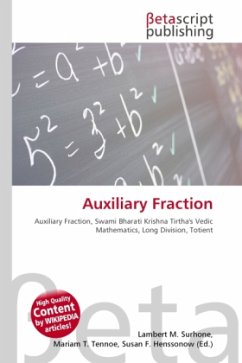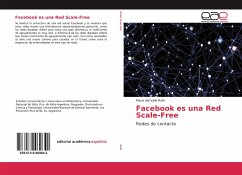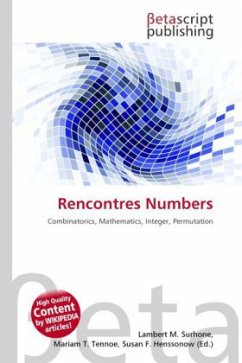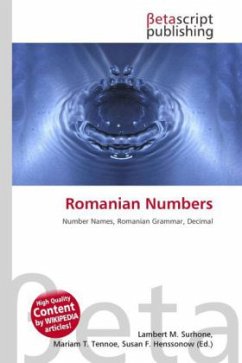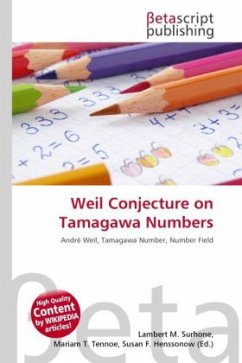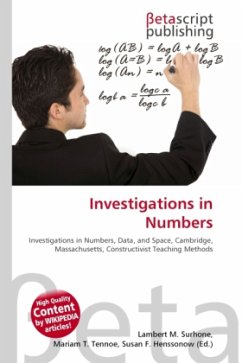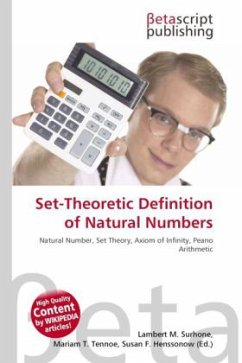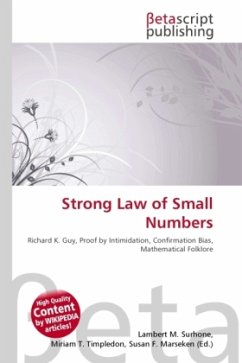
Red Auxiliary Numbers
Versandkostenfrei!
Versandfertig in 6-10 Tagen
19,99 €
inkl. MwSt.

PAYBACK Punkte
10 °P sammeln!
Please note that the content of this book primarily consists of articles available from Wikipedia or other free sources online. In the study of ancient Egyptian mathematics, red auxiliary numbers were numbers used in a large number of arithmetic problems. In the 1650 BCE Rhind Mathematical Papyrus (RMP), the additive set of integers were written in red ink. The red auxiliary numbers were created from a common multiple, often a least common multiple (LCM) of the denominators of the unit fractions. Ahmes the RMP author, for example, practiced the selection of red auxiliary numbers in RMP 21,22, ...
Please note that the content of this book primarily consists of articles available from Wikipedia or other free sources online. In the study of ancient Egyptian mathematics, red auxiliary numbers were numbers used in a large number of arithmetic problems. In the 1650 BCE Rhind Mathematical Papyrus (RMP), the additive set of integers were written in red ink. The red auxiliary numbers were created from a common multiple, often a least common multiple (LCM) of the denominators of the unit fractions. Ahmes the RMP author, for example, practiced the selection of red auxiliary numbers in RMP 21,22, and 23 and fully detailed in RMP 36. Learning the method, red auxiliary numbers were used for several purposes. The main purpose was listed in 2/n tables citing the scribe''s skill in generally converting rational numbers to optimized, but not optimal, unit fraction series. The RMP 2/n table reported Egyptian fraction series by multiplying each 2/n by a unique least common multiple m, written as a unity (m/m).




